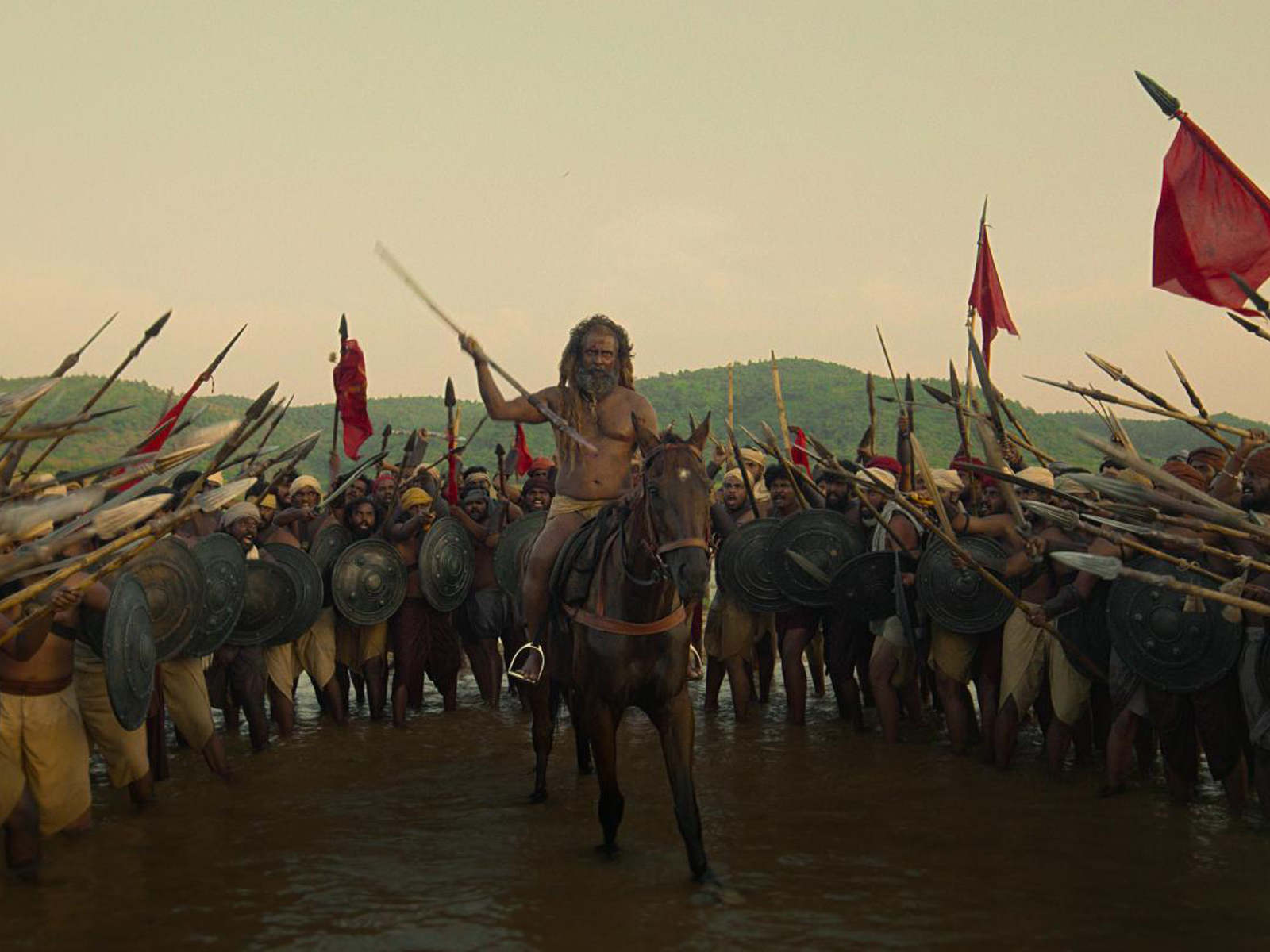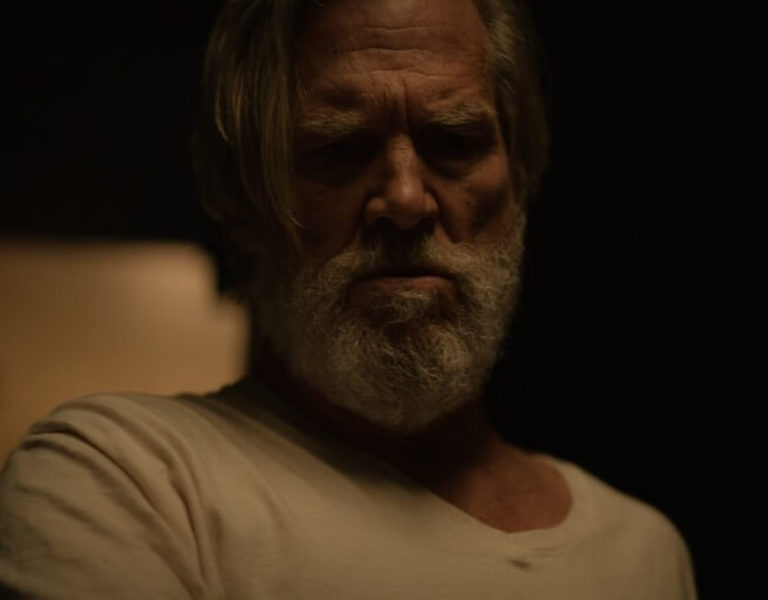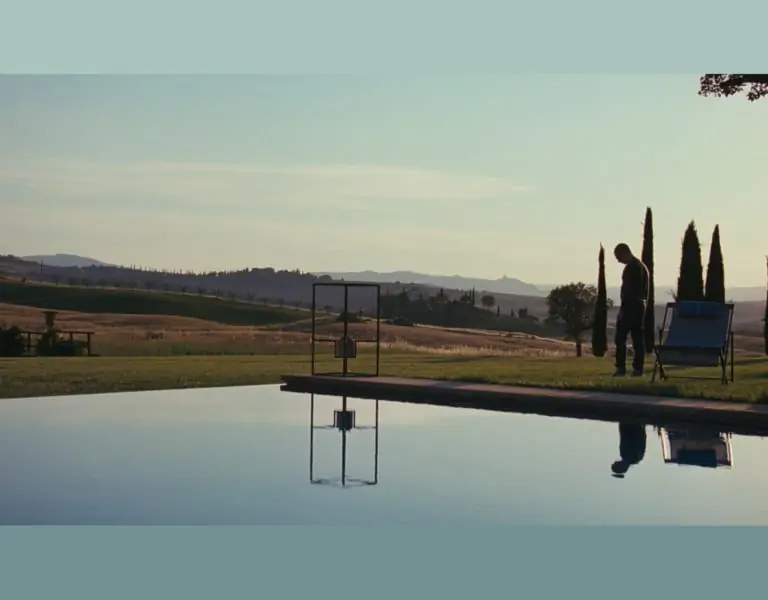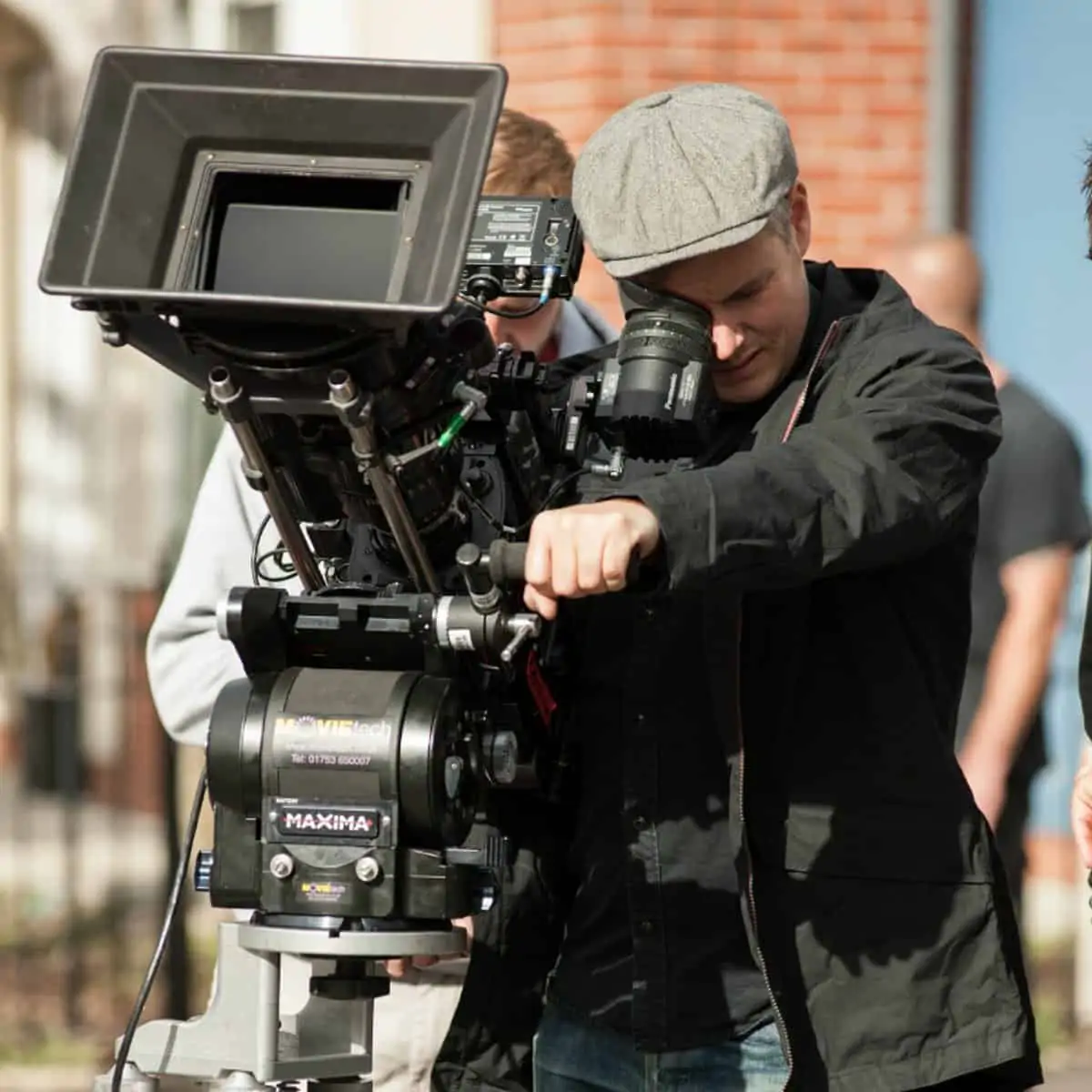Colour grading Thangalaan
Oct 3, 2024

Thangalaan, directed by Pa Ranjith and shot by cinematographer Kishore Kumar, is a historical movie based on true events that revolve around the lives of mine workers in the Kolar Gold Fields, Karnataka.
The movie was graded by colourist John Sriram at Lixo Pixels in Chennai, marking his first collaboration with the director and cinematographer duo.
Developing a look
Although Kishor Kumar had initiated some ideas for the colour palette in pre-production, Sriram’s primary involvement began once the film was shot.
“I joined the project during the post-production stage,” says Sriram. “I worked with the DoP to present some initial grading ideas, which were very well received. From here, Kishore gave me creative freedom to experiment with the colour schemes while ensuring they aligned with the director’s vision.”
The film, being a period drama, demanded a particular visual aesthetic. One of the key inspirations for the look of the movie was Martin Scorsese’s Killers of the Flower Moon, which Sriram and the team used as a reference to create a similarly grounded, historical look.
“The goal was to transport the audience back in time, while also using colour to differentiate between the film’s various narrative worlds,” explains Sriram.
Visualising two worlds
Since Thangalaan features a story with both real-world and mythological elements, colour played a significant role in distinguishing between these different realms.
“The illusionary world was graded with a rich, deep orange hue, paired with red skin tones to emphasise their surreal nature,” recalls Sriram. “In contrast, real-world scenes were more subdued and natural, helping the audience seamlessly transition between these two spaces.”
Another highlight for Sriram was grading scenes that alternated between day and night.
“To create a clear visual contrast, I brightened the daytime sequences and deepened the tones in the night scenes – creating a striking difference while maintaining a seamless visual language,” says Sriram.
Another major focus for Sriram was maintaining the authenticity of the film’s landscapes. Since the story is closely tied to the land, especially its distinctive sand, Sriram was careful not to alter the natural colours of these elements.
Seamless VFX
The VFX in Thangalaan included several critical elements – a symbolic mountain, a snake, and a panther. To ensure smooth integration between the CGI and live-action footage, Sriram utilised an ACES (Academy Color Encoding System) workflow.
“By working in the same colour space as the VFX team, the final visuals achieved a seamless blend, maintaining consistency across the film’s complex visual effects shots,” explains Sriram.
Utilising Baselight 6.0
Sriram began the grade of Thangalaan in Baselight 5.3 and upgraded to Baselight 6.0 midway through the project.
“The new features in Baselight 6.0, including X Grade and Face Track, were instrumental in achieving the desired look for the film. These tools helped me streamline complex sequences and allowed me to adjust colours and tones with precision.”
Through close collaboration with the director and DoP, Sriram created a visually stunning narrative to separate real and illusionary worlds.
The movie will be available on Netflix in several languages from 20 September.



















